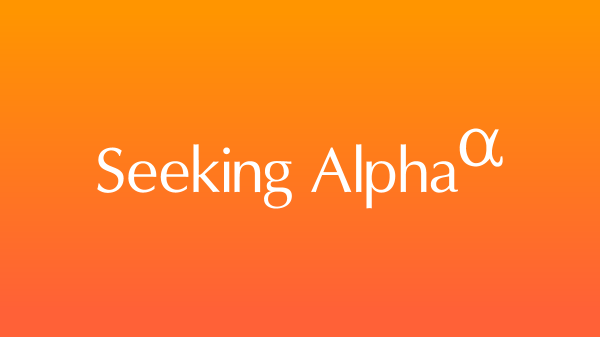The day has finally come to send Junior off to college and…let’s face it. You haven’t saved much. In fact, if you’re like many parents, you may not have saved anything at all. If you don’t want your child saddled with student loan debt and you have extra savings you don’t need for retirement, where should you pay the bills from? Here are some considerations.
Does your child have assets?
If so, there are a couple of reasons why you might want to dip into those assets before other accounts. First, they have the greatest impact on financial aid eligibility since 20% of their value is counted in the aid formulas. (This does not apply to assets in a 529 savings account or a Coverdell Education Savings Account, which are considered parental assets.)
Second, once your child turns the age of majority in your state, they can spend that money however they want and their idea of a good use of that money may not be the same as yours. For these reasons, you may want to use this money to buy personal items like a new computer before completing the FAFSA and your child’s 18th birthday. (Even if your state’s age of majority is 21, it may be 18 in the state your child goes to school.)
Do you have money in education savings plans?
If you did manage to save some money for education in a 529 or Coverdell Education Savings Account, you’ll obviously want to use this money for that purpose. This way the earnings can be withdrawn tax-free. Otherwise, the earnings would be subject to a tax and possibly a 10% penalty if you use the money for another purpose. If you have US Government Savings bonds and meet certain income and other requirements, you may be able to cash them in and use the money tax-free for your child’s education as well.
Do you have taxable assets?
Since these don’t have the tax advantages of retirement accounts and are counted in the financial aid formulas, they take priority over dipping into retirement accounts. In fact, if you have assets that have gone down in value since you bought them, you can use the losses to offset other taxes, including up to $3k per year from your ordinary income taxes. (If you have over $3k in losses, you can carry the excess forward indefinitely.)
What if your assets have appreciated? One solution is to gift them to your child and have your child sell them. They’ll still have to pay a capital gains tax but at a potentially lower rate. Your child will have the first $1,150 of investment income tax-free and the next $1,150 taxed at the child’s capital gains rate (which is probably zero too). However, anything over $2,300 will then be subject to your highest marginal income tax rate, which is likely to be higher than the capital gains rate that you would have paid if it was in your name so don’t have too much gain in your child’s name.
Can you borrow against your home?
If you’re fortunate enough to have at least 20% equity in a home, it might make more sense to borrow on your home rather than tapping your retirement account or having your child take student loans. That’s because home equity loan rates are likely to be lower than student loan interest rates and what your investments can be expected to earn in your retirement account.
That being said, there’s an obvious drawback. If you can’t afford to make the payments, your house will be on the line. Ask yourself if the savings are worth that risk.
Can you borrow from your retirement plan?
The advantage of borrowing from your retirement plan is that you can put the money back into your account along with the interest you pay. That doesn’t mean it’s cost-free though. The real cost is the money you would have earned if that money had stayed invested. Another downside is that you generally have to pay it back over a relatively short 5-year period so you’ll want to make sure you can afford those payments. Finally, if you leave your job for any reason, see if your retirement plan requires you to pay the outstanding loan balance or it will be considered a withdrawal subject to taxes and possibly a 10% penalty if you’re under age 59 1/2.
Do you have other retirement accounts?
You can make penalty-free withdrawals from either traditional or Roth IRAs for qualified education expenses. But unlike retirement plan loans, you can’t put that money back after 60 days. You’ll also have to pay taxes on any untaxed distributions. (For Roth IRAs, this only happens after all the taxed contributions are withdrawn first.) If you have a retirement plan from a previous employer like a 401(k) or 403(b), you can roll it into an IRA and then use it penalty-free for education as well.
Can you take a hardship withdrawal from your retirement plan?
Many plans allow you to apply for a hardship withdrawal, but this should be a last resort. Not only will you have to pay taxes and possibly a 10% penalty on the withdrawal, but unlike a loan, you can’t pay that money back so it will permanently reduce your retirement savings. To add insult to injury, you also may not be able to contribute to your retirement plan for a period of time.
Do you want to give or loan the money?
Once you decide where the money is coming from, you still have to decide where exactly it’s going to go and how. Keep in mind that if you give the money to your child, anything over $17k per year (or $34k if you’re married) will require you to complete a gift tax return, which reduces your lifetime unified estate and gift tax exemption. You can get around this by paying the school bills directly since the gift tax doesn’t apply to direct payments to educational institutions.
Instead of making a gift, you might want to loan the money to your child instead. You might be able to earn more on your savings even as your child pays less in interest to you than they would to a student loan provider. It could be a win/win proposition. Just be aware that you may not get the money back. After all, it’s not exactly FDIC-insured.
Should you even be providing this money at all?
Keep in mind that regardless of where you’re withdrawing the money from, you might want to run a retirement calculator to make sure this is money you won’t need for retirement. After all, if you don’t provide any money, it doesn’t mean that you don’t love your child or want them to go to college. It just means they’ll need to borrow the difference, just like most students do. But if you don’t have enough savings in retirement, good luck finding someone willing to loan you the difference.
Read the full article here











